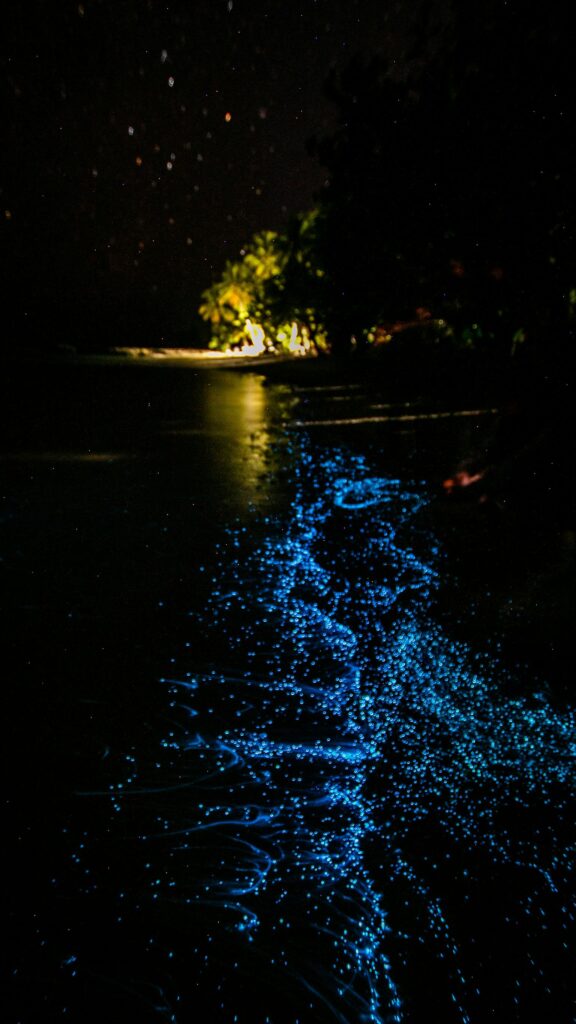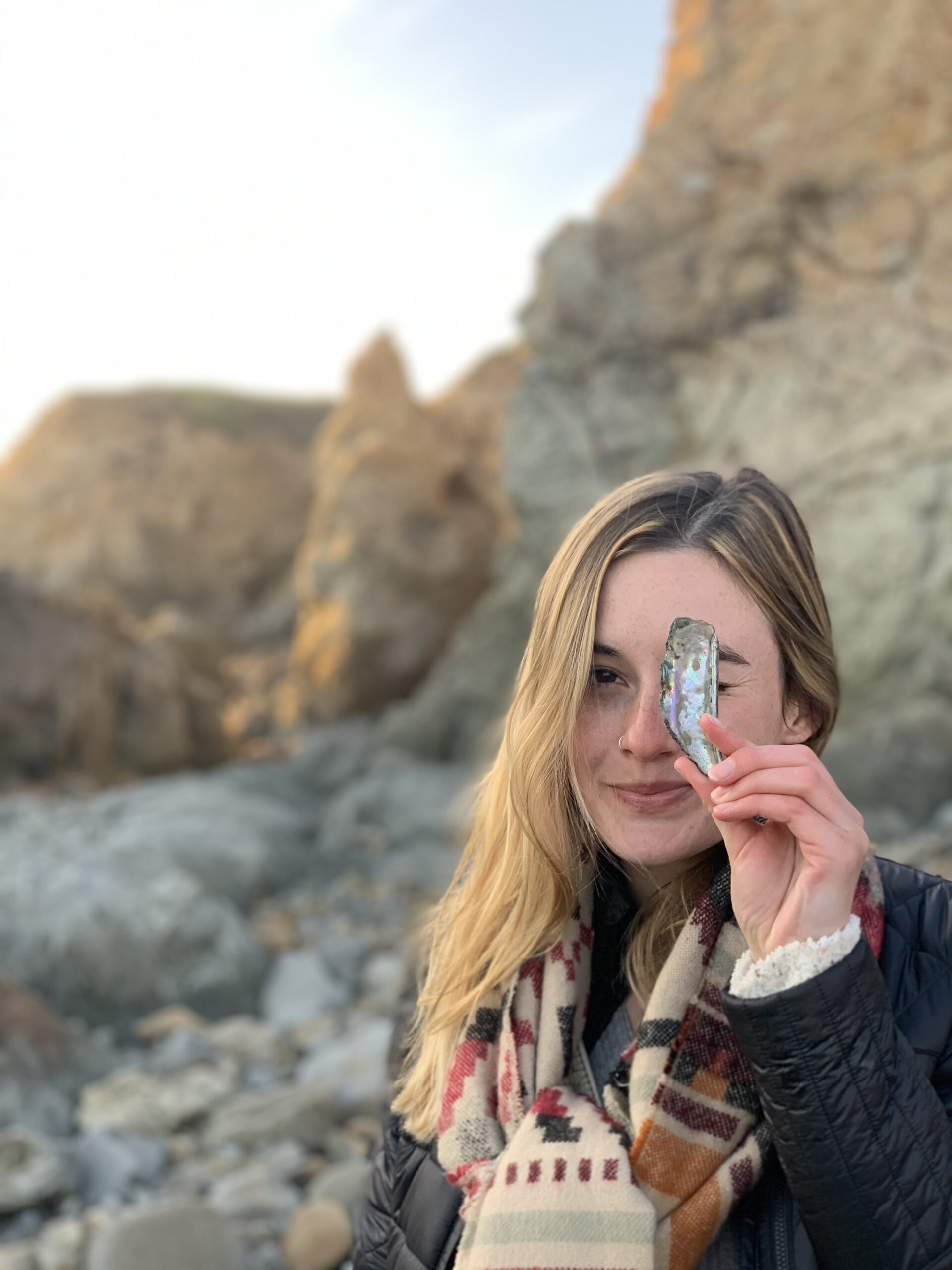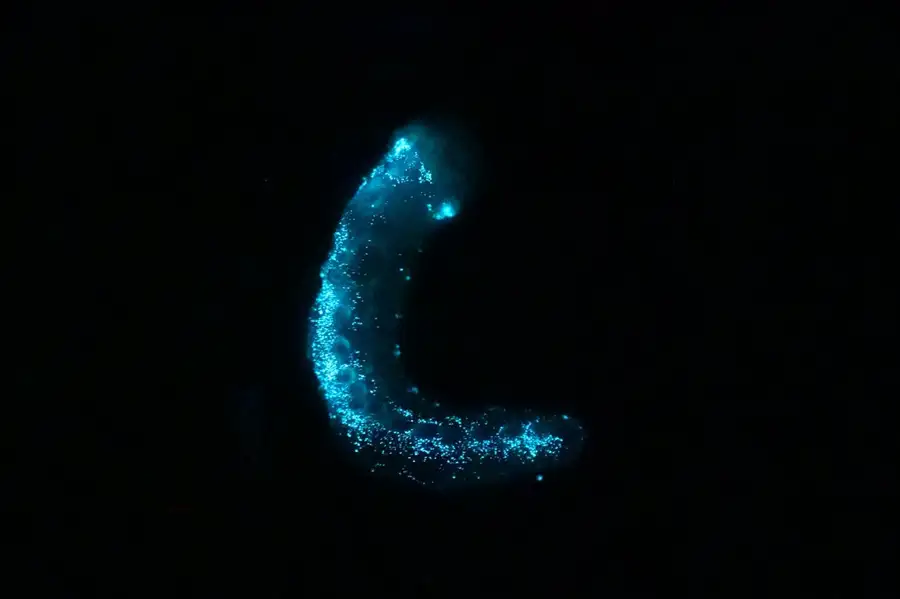
Imagine a world shrouded in eternal darkness, where the only light comes from within. This is the reality of the deep sea’s abyssal plains, the largest habitat on Earth’s surface yet the least explored. It’s an environment seemingly hostile to life, yet teeming with strange and wondrous beings. Here, creatures have evolved remarkable adaptations to survive. Among these denizens dwell the sea cucumbers, unassuming echinoderms often likened to living pickles. But beneath their humble exterior lies a hidden secret: certain species in the taxonomic class Holothuroidea are often bioluminescent, radiating an ethereal glow in the inky depths.
These aren’t your average garden cucumbers. Far from basking in the sun, these deep-sea dwellers have harnessed the power of light itself. In a new publication exploring the fascinating realm of “holothuroid bioluminescence,” scientists from Japan, Belgium and California delve into the secrets of these luminous lifeforms.

Bioluminescence is a chemical reaction that occurs in many organisms including fungi, worms and those found in the deep sea; in fact, it is estimated nearly 75 percent of deep sea creatures possess this ability. Unlike fireflies, another bioluminescent organism that can switch their lights on and off at will, these sea cucumbers only illuminate in response to physical stimulation. It is still mostly a mystery why they have evolved to glow, but theories range from startling predators, finding a meal or attracting mates in the inky darkness. The light itself emanates from cells in their body walls at wavelengths between 463 and 505 nm which ranges from a blue to blue-green. And while some species shed their glowing skin, it’s not a magical light-spreading tactic. Instead, the exact chemical recipe for this form of bioluminescence remains a puzzle, with no evidence of bacteria involved.
So far, researchers have identified 26 bioluminescent sea cucumber genera, with 10 newly discovered in this study alone. One such newcomer is the Molpadia, marking the first luminous member of its entire order Molpadida. These cucumbers have a distinct narrow “tail” end and have adapted to burrow into the soft sediment of the deep seafloor. But the story doesn’t end there. By analyzing their evolutionary tree, scientists estimate that bioluminescence has arisen independently at least six times within the sea cucumber family. This suggests there could be over 200 more glowing species waiting to be found in the depths!
Much of the mystery surrounding this fascinating phenomenon still remains. But what does this hidden light show us? It reveals the incredible diversity and potential ecological importance of bioluminescence in the deep sea. These findings paint a vivid picture – bioluminescence is not just a quirk of a few, but a widespread and ecologically crucial phenomenon in the deep sea. It’s a language, a tool for survival, and a testament to the remarkable diversity and adaptability of life in the darkness. This fragile ecosystem, however, faces massive threats from human activities like deep-sea mining, which could disrupt the delicate balance of light and shadow in this habitat.
Understanding these luminous sea cucumbers and their role in the deep sea is crucial for protecting this hidden world. Their silent glow serves as a beacon, urging us to illuminate the impact we have on even the darkest corners of our planet and strive for a future where both humans and these glowing wonders can thrive.

I’m a California native with a lifelong curiosity for all things related to the ocean. I got my bachelors in Marine Biology from the University of California Santa Cruz, and I’m currently pursuing a masters degree in Animal Science at the University of Idaho where my main focus of study is fish nutrition in aquaculture. My favorite subject to study outside of school is the deep sea. I enjoy learning about new mind boggling species, the latest discoveries of the deep, and the history of deep sea pioneers, research and technology. If I’m not studying the mysteries of the ocean, I’m probably roller skating or watching scary movies.

